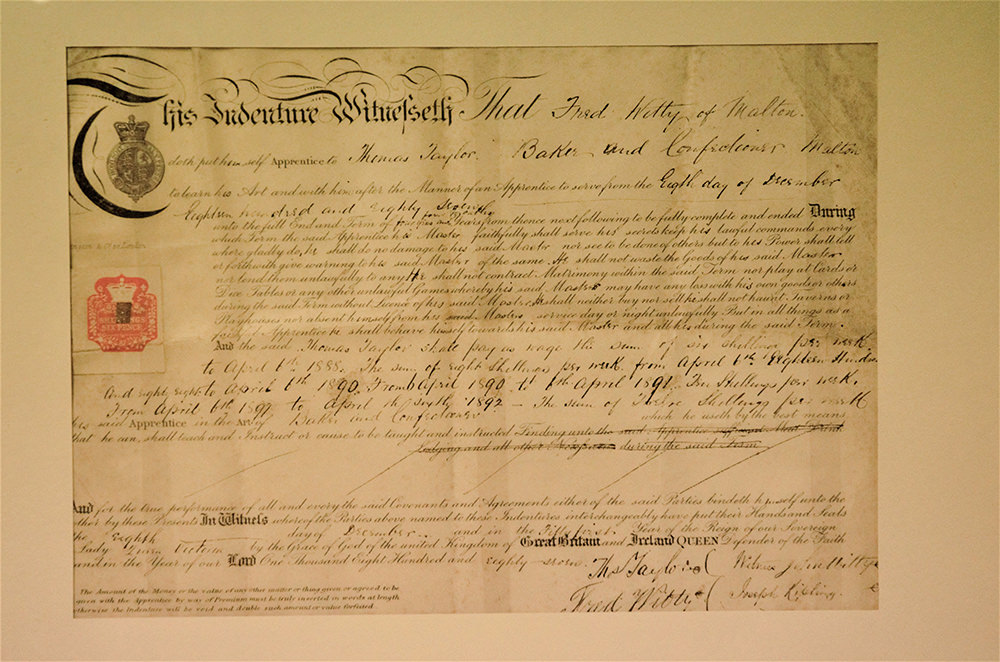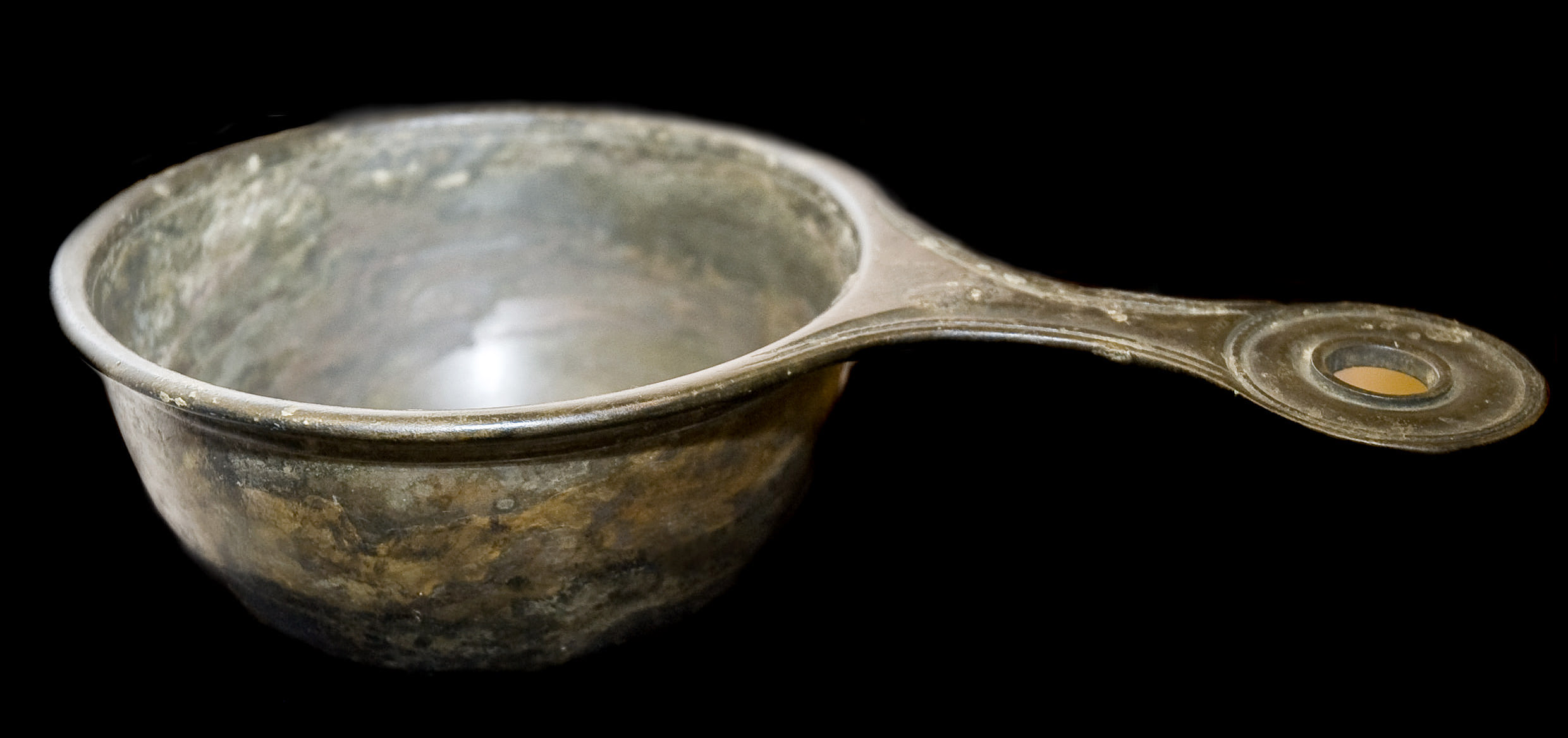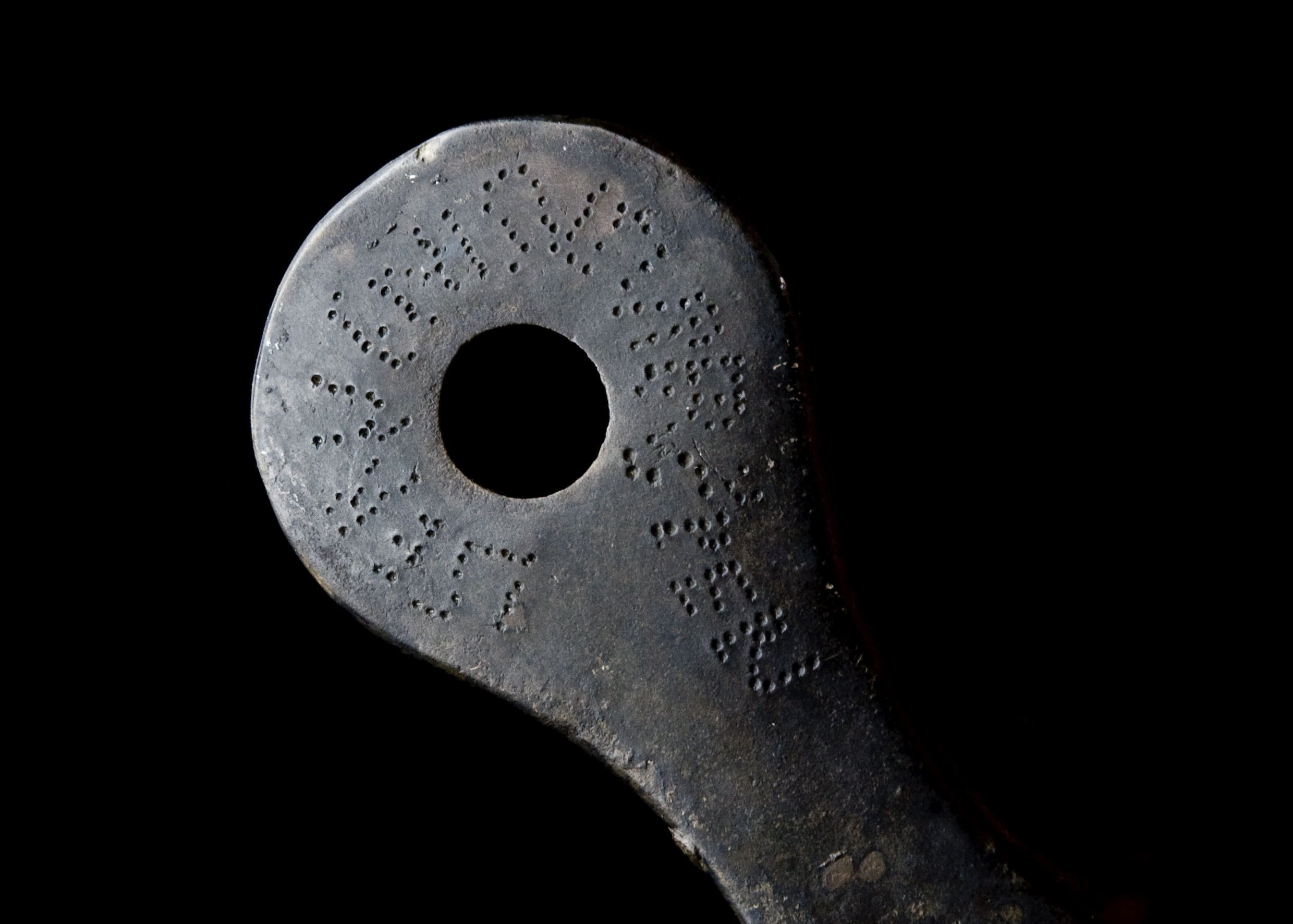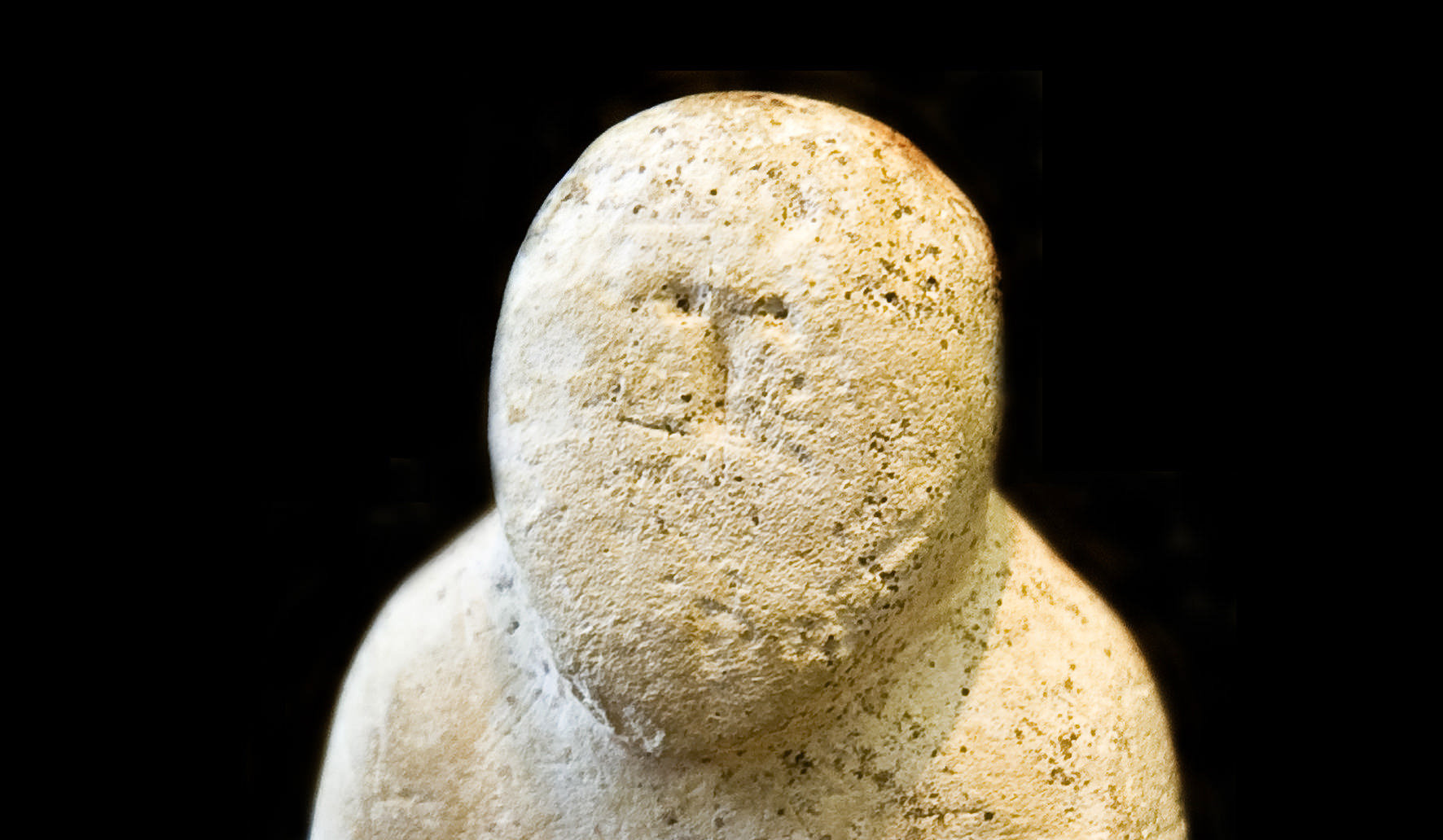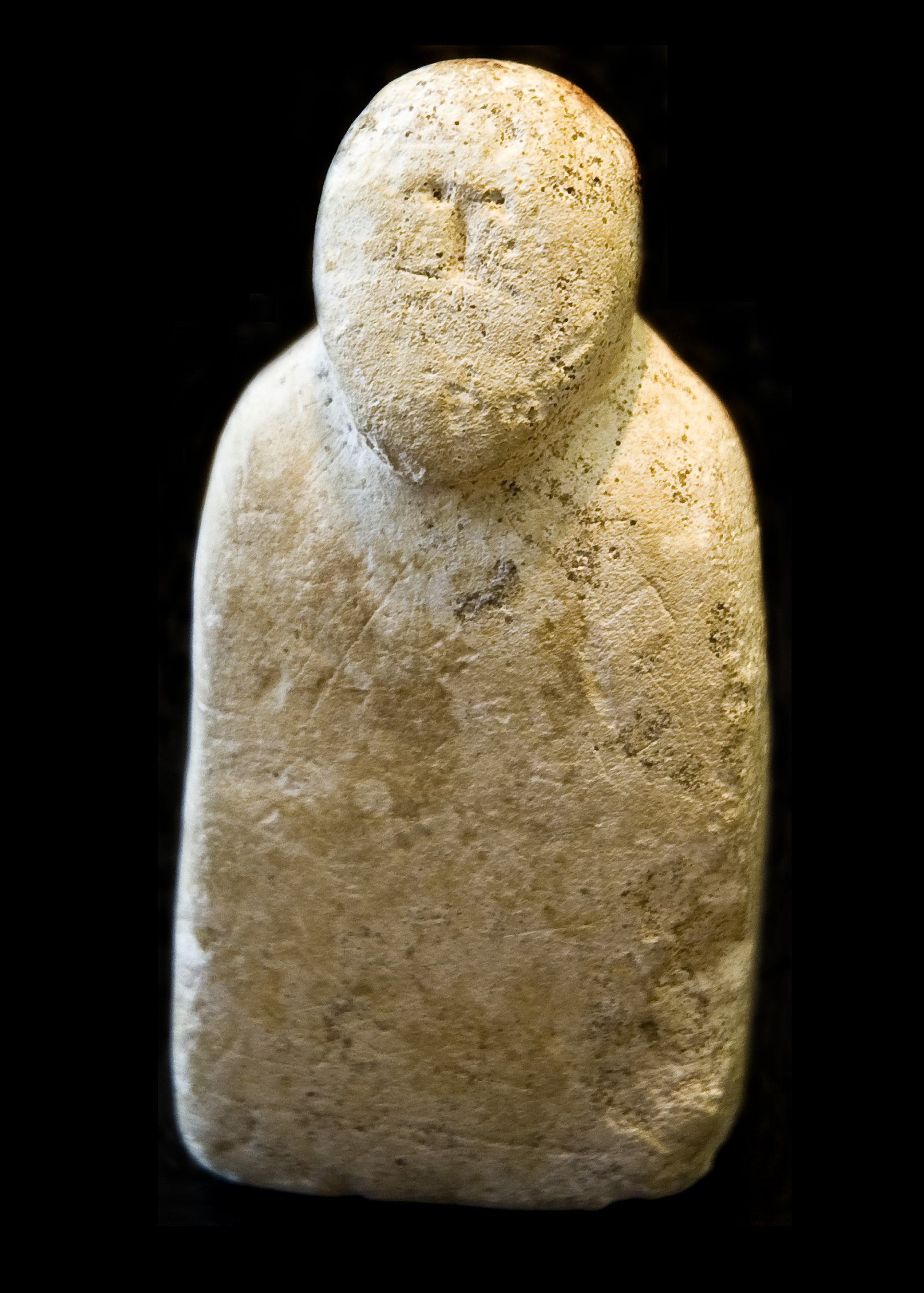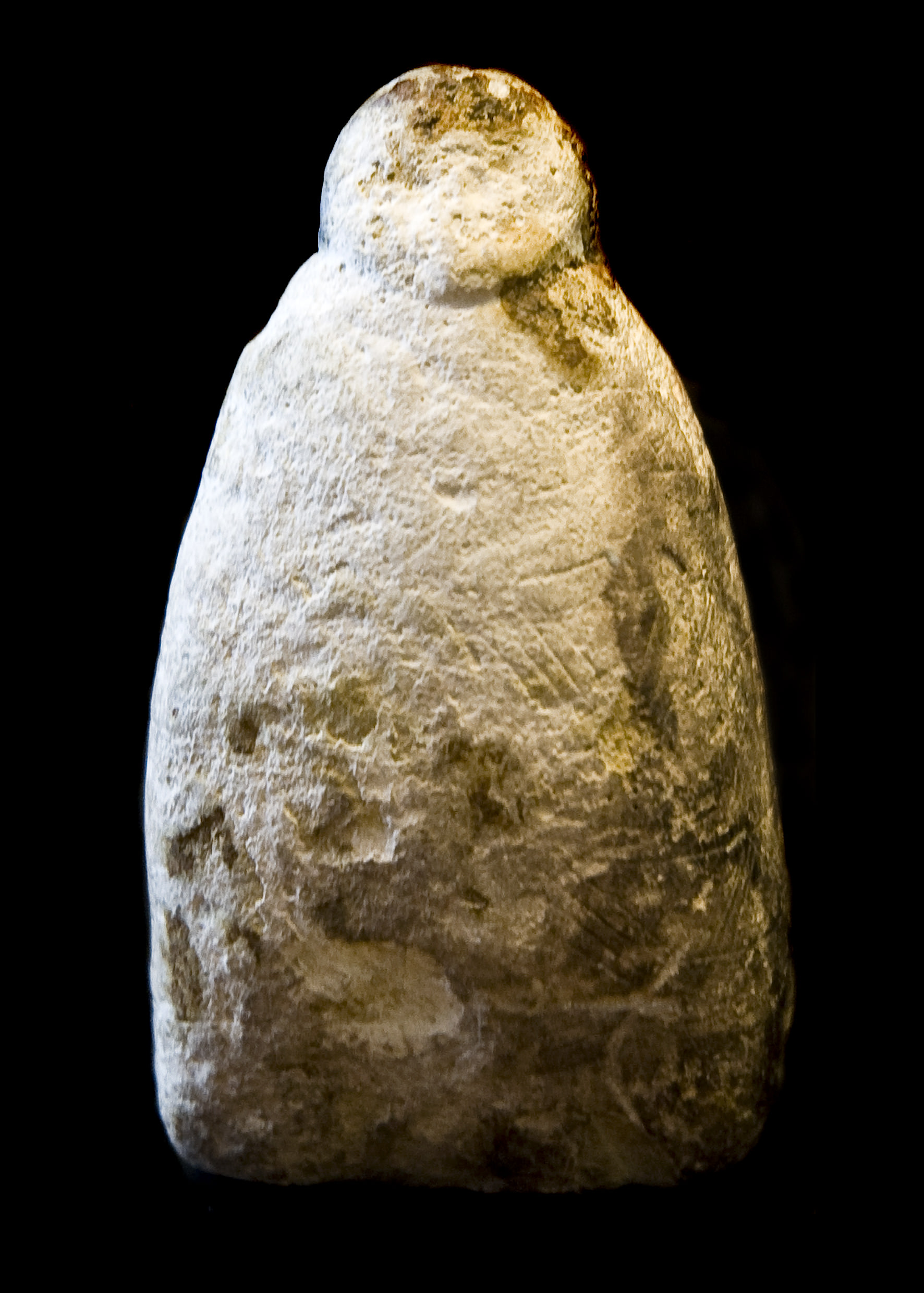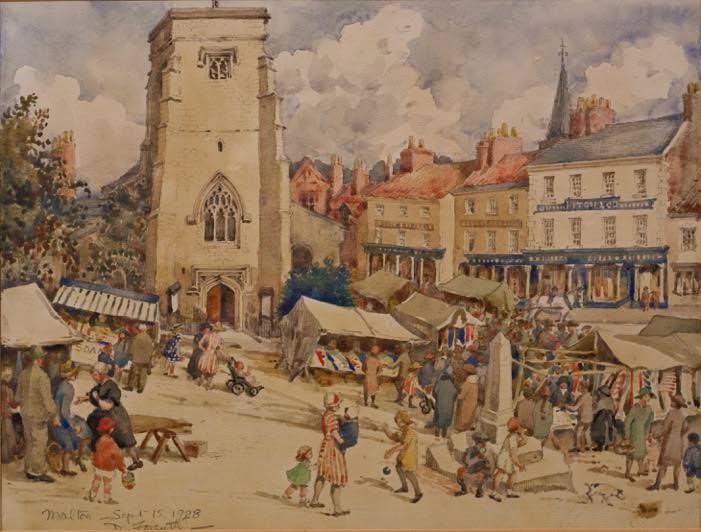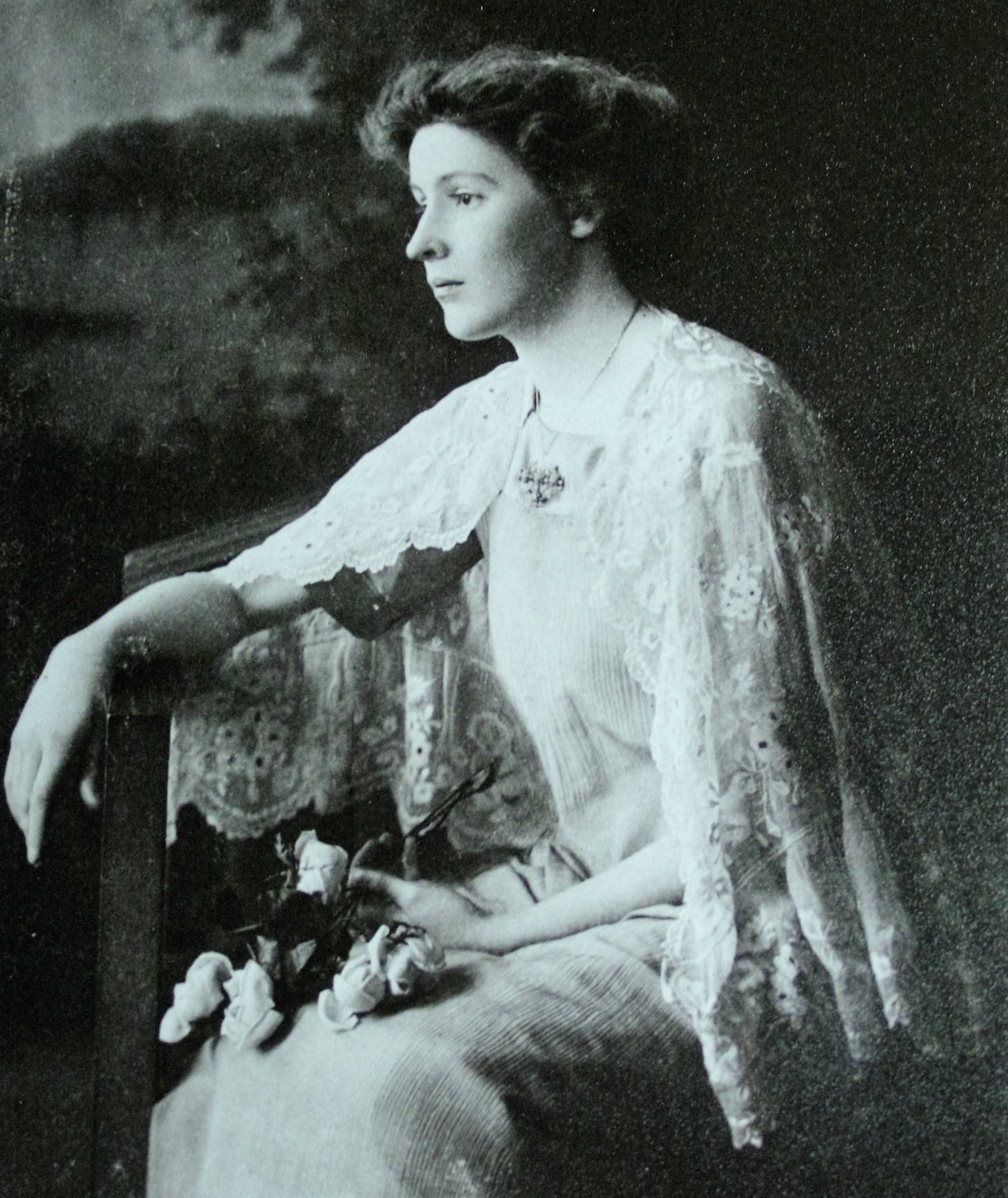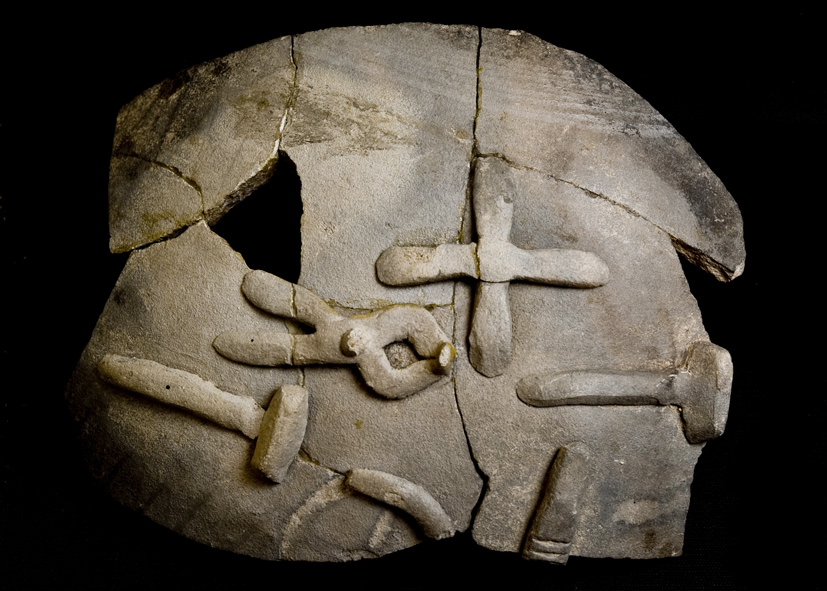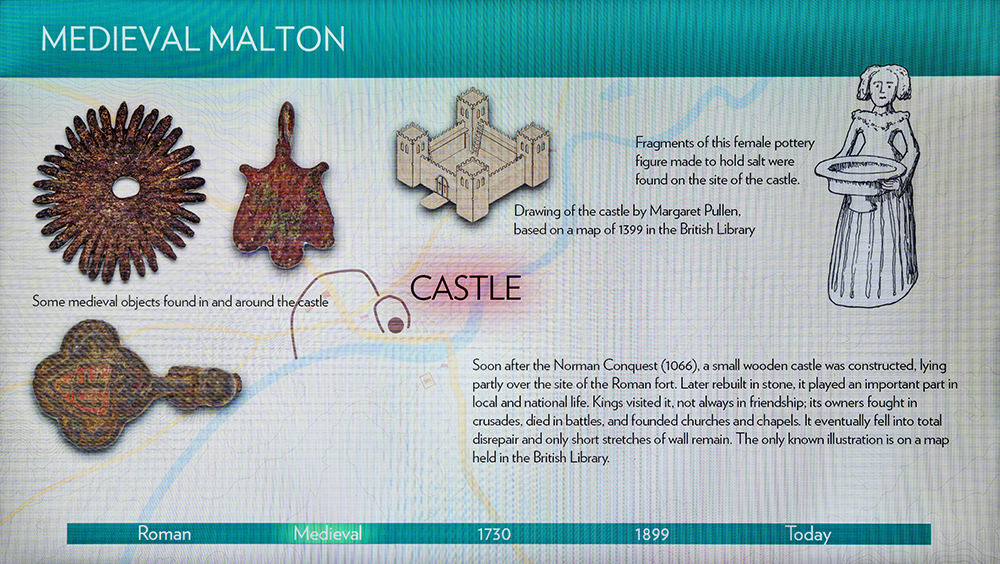Fred Witty Indenture
In April 2016, we reached out to the Ryedale Family History Group to help us with some research. We were interested to find out more about Fred Witty whose Indenture hangs in the exhibition.
This Indenture (an early form of employment contract) which is dated 1888 was for Fred Witty who was apprenticed to the baker and confectioner, Thomas Taylor of Malton for a period of four years. Fred would be paid the sum of eight shillings a year which is equivalent to about £24 today.
An indenture was an old ‘on the job training scheme’ and was a legally binding agreement between the apprentice and the employer. It set out the terms of the apprenticeship, for example: how much he would be paid, how he should behave, he should not waste the goods of his master, he should not lend the goods of his master unlawfully, he should not get married during his term of indenture, he should not play cards or dice, he should not visit taverns or playhouses without his Master’s permission and he should not take time off without his Master’s permission.
Above all he will behave himself at all times during his indenture!
Fred Witty was baptized on 2nd July 1871 at St Leonard’s Church, Malton; the family lived in Castlegate, according to the Census returns. Following his apprenticeship he married May Ellen Bogue of Brawby on 3rd July 1895 at the Parish Church in Salton. They lived in Vine Street before moving to Church Street, Norton where he set up a baker and confectioner’s business. Fred and Mary Ellen had four children. Mary Ellen died in 1928 and Fred in 1936 and they are buried in Norton Cemetery where their headstone can be seen.
There are many families in the area with the surname ‘Witty’ – if you have any information about Fred and Mary Ellen or the Witty family in general please contact Malton Museum by speaking to the volunteer on duty.
About Ryedale Family History Group
Ryedale Family History Group is a locally based organisation, which for over a decade has been specialising in the Ryedale area with a range of books and CDs/downloads of Parish Registers, Memorial Inscriptions, War Memorials, histories and much more; which are invaluable to those with an interest in family or local history. Our well-equipped Research Room is based at Hovingham Village Hall, and is open on Thursdays 10am to 3pm; we have a team of people ready help you find your ancestors.
We can help with research anywhere in the country or abroad. Check out our website at www.ryedalefamilyhistory.org or phone us on 01653 628132.
